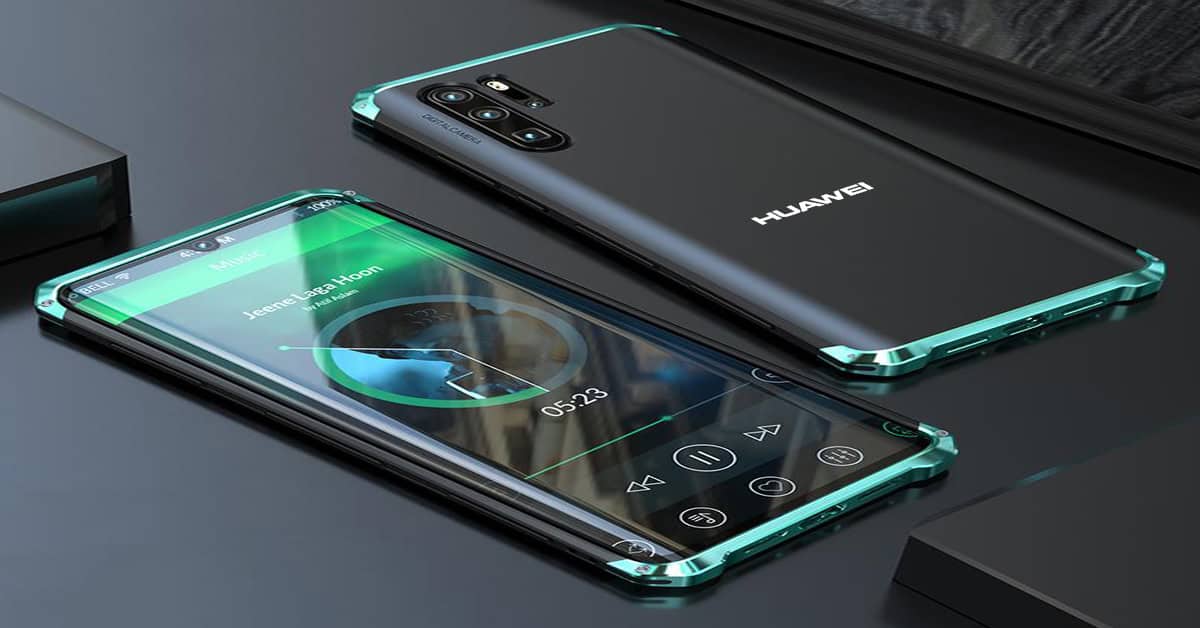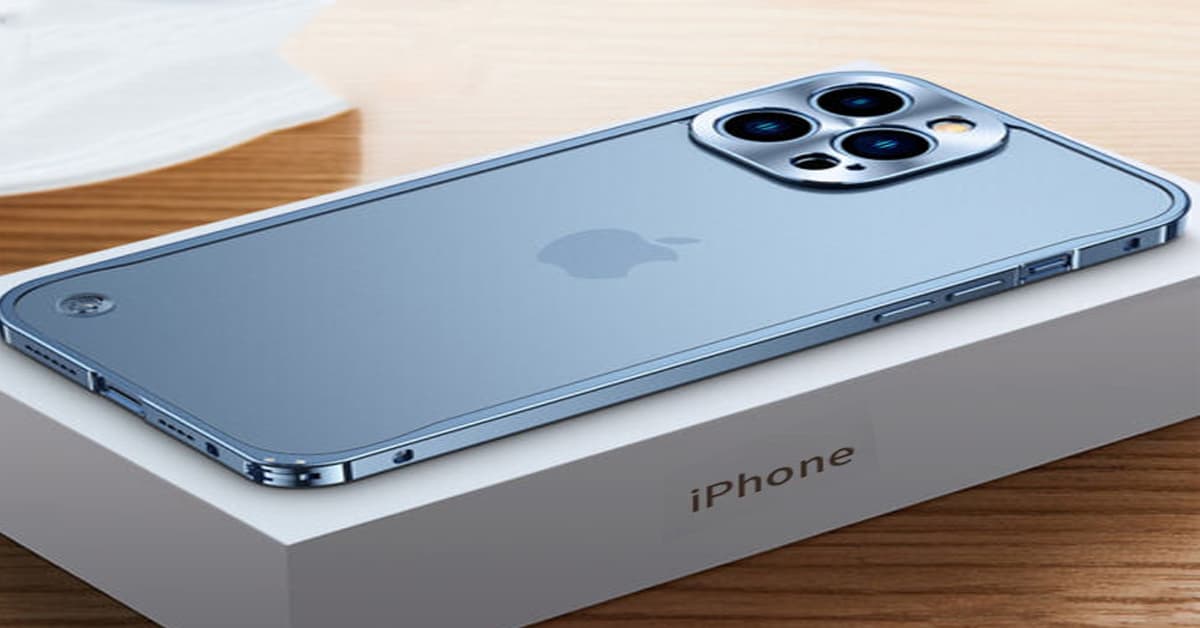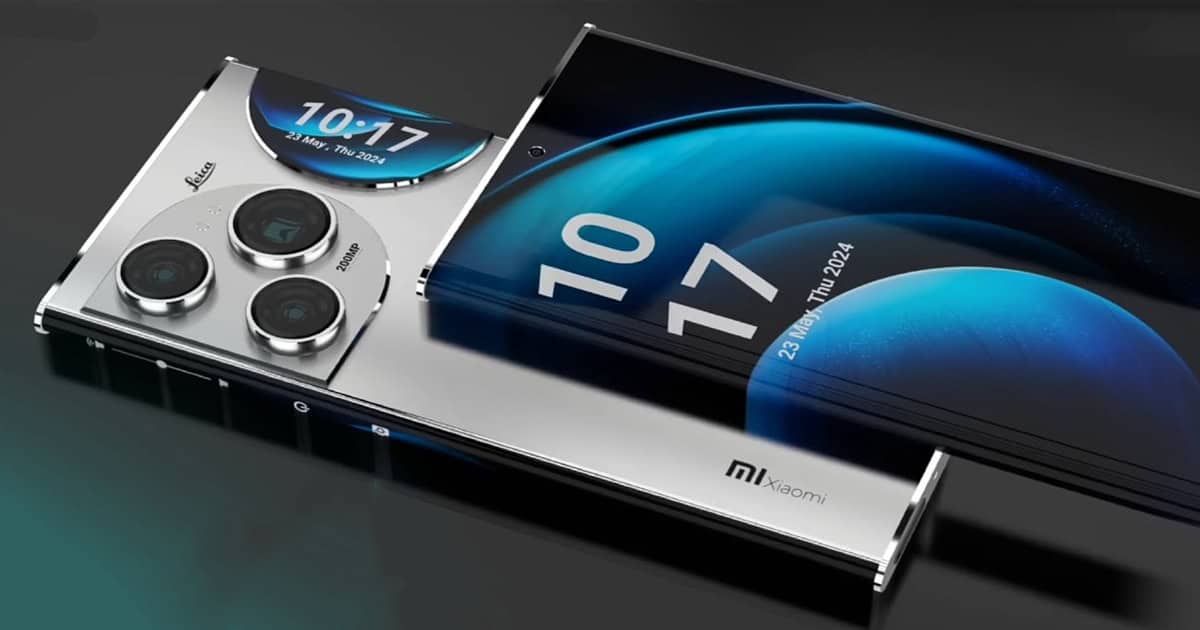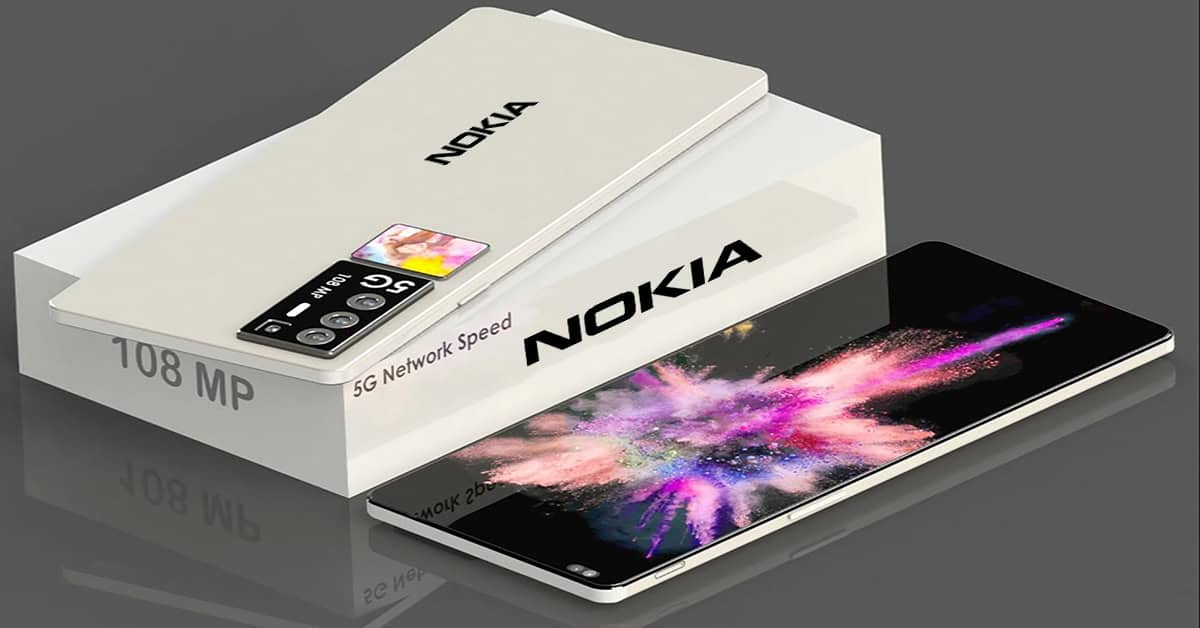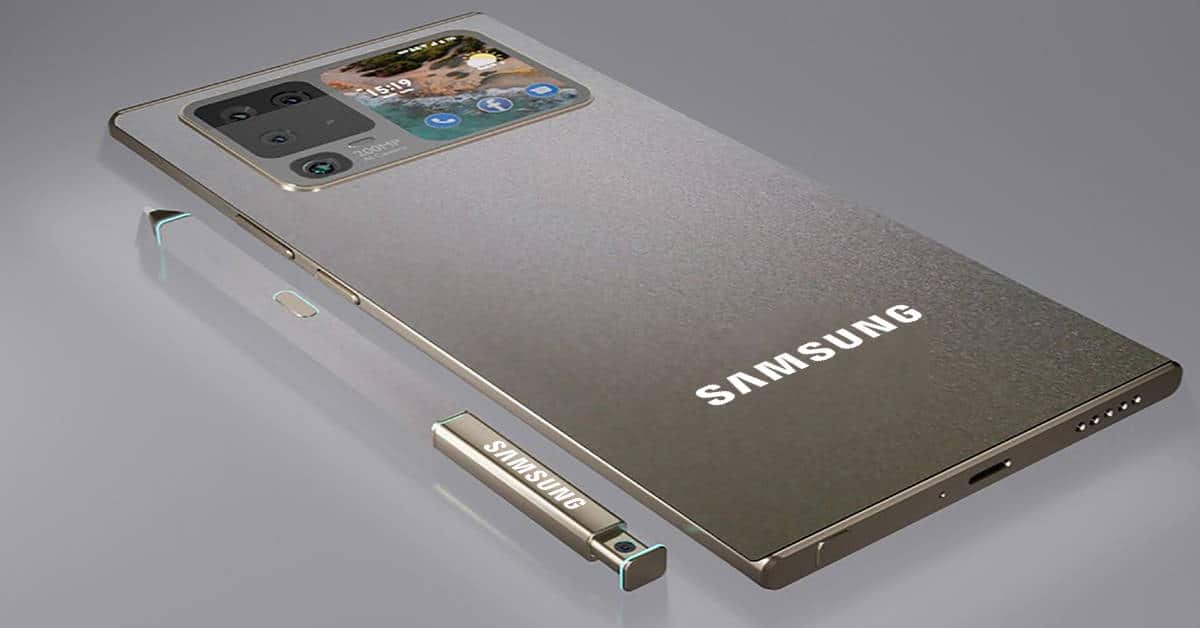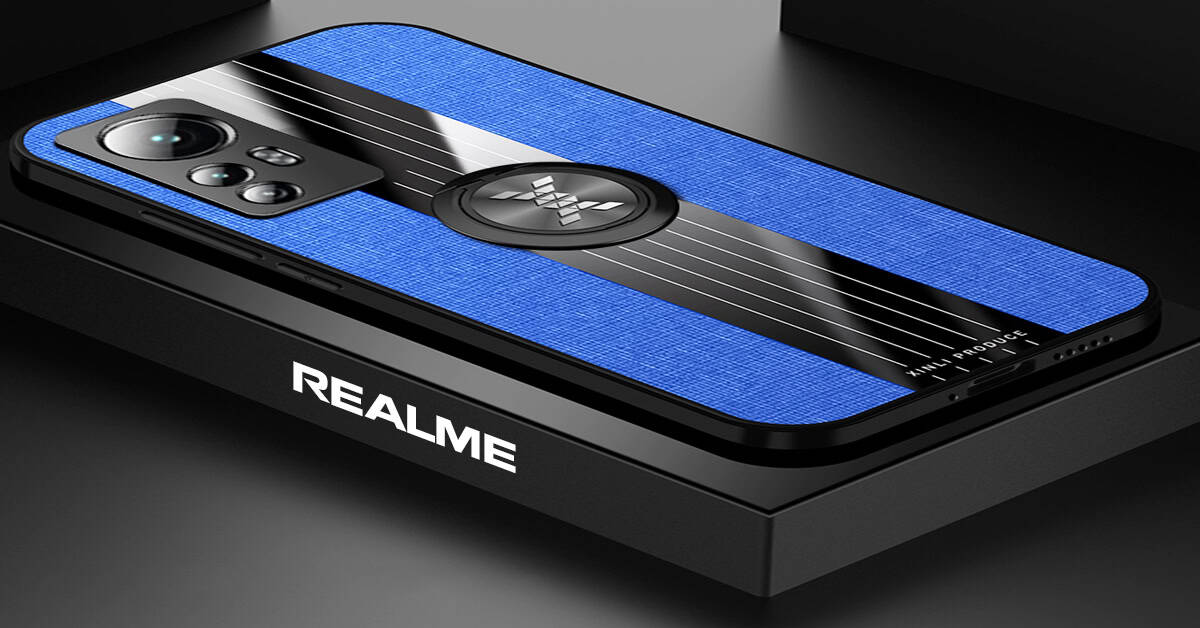Google Pixel 3 XL vs Apple iPhone XS Max: dual 12MP cameras, Snapdragon 845 chipset!
Are you ready for the fight between Google Pixel 3 XL vs Apple iPhone XS Max with great specs such as Snapdragon 845 chipset, dual 12MP cameras and more? Check out the winner below!
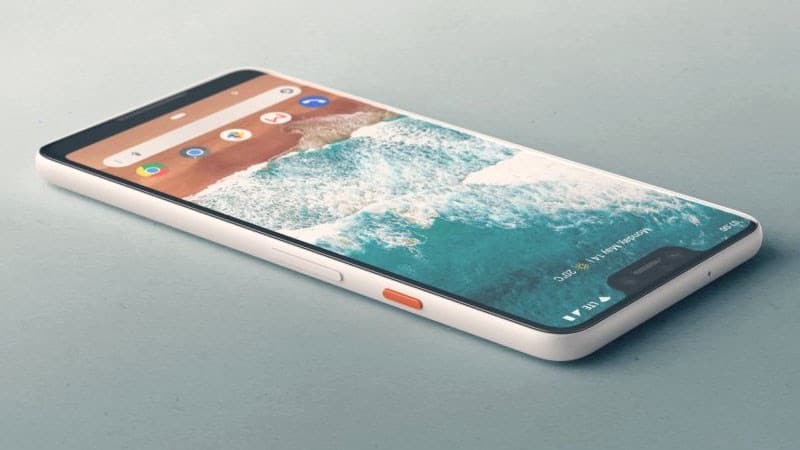
Google Pixel 3 XL vs Apple iPhone XS Max specs
Among the twos, Google Pixel 3 XL is the next flagship of the brand. Meanwhile, Apple iPhone XS Max is now the most premium device of Apple iPhone 2018 series. In details, the Google Pixel 3 XL specs pack a 6.3-inch P-OLED (1440 x 2960 pixels). Moreover, Apple iPhone XS Max specs present a large 6.5-inch AMOLED screen (1242 x 2688 pixels). Thus, Google phone is ahead thanks to the better screen.
Whereas, Google Pixel 3 XL comes with the Qualcomm Snapdragon 845 processor, while iPhone XS Max ships with the Apple Bionic A12. Moreover, the Google phone provides 4GB RAM and 64GB/ 128GB ROM. On the contrary, the iPhone memory sports 4GB RAM with 64/256/512GB memory. Since both devices are not expandable, Google phone gains another point thanks to the better core system.
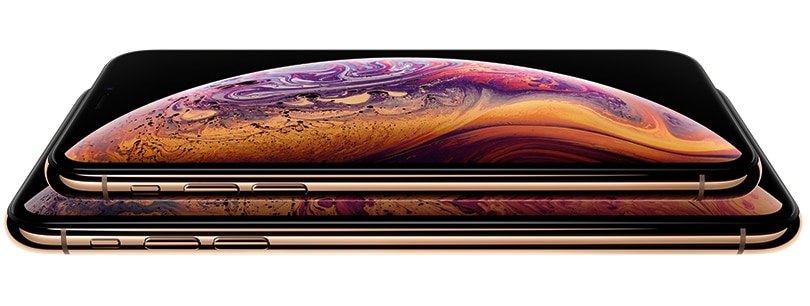
Moreover, the Apple handset runs on iOS 12., while Google Pixel 3 XL works on Android 9.0 Pie. How about the photography system? In details, the Google Pixel 3 XL camera rocks a single 12.2 (f/1.8) rear sensor and a dual 8MP selfie lens. Also, Apple iPhone XS Max camera packs a dual 12MP primary lenses and another 7MP selfie sensor. As a result, iPhone device gains the first point thanks to the better camera. Otherwise, Google Pixel 3 XL device draws a 3430mAh battery box, larger than the 3174mAh capacity on the iPhone XS Max.
Google Pixel 3 XL vs Apple iPhone XS Max release date and price
In conclusion, iPhone XS Max is now available for purchase in different markets, and the Google Pixel 3 XL release date is coming this year. Meanwhile, the Google Pixel 3 XL price starts at $1, 122 ~ Rs. 83, 000, and Apple iPhone XS Max price can start at $1,100 ~ Rs. 114,466. Overall, Google device is more powerful at the hardware. Whereas, the iPhone has better optics. What do you think?
